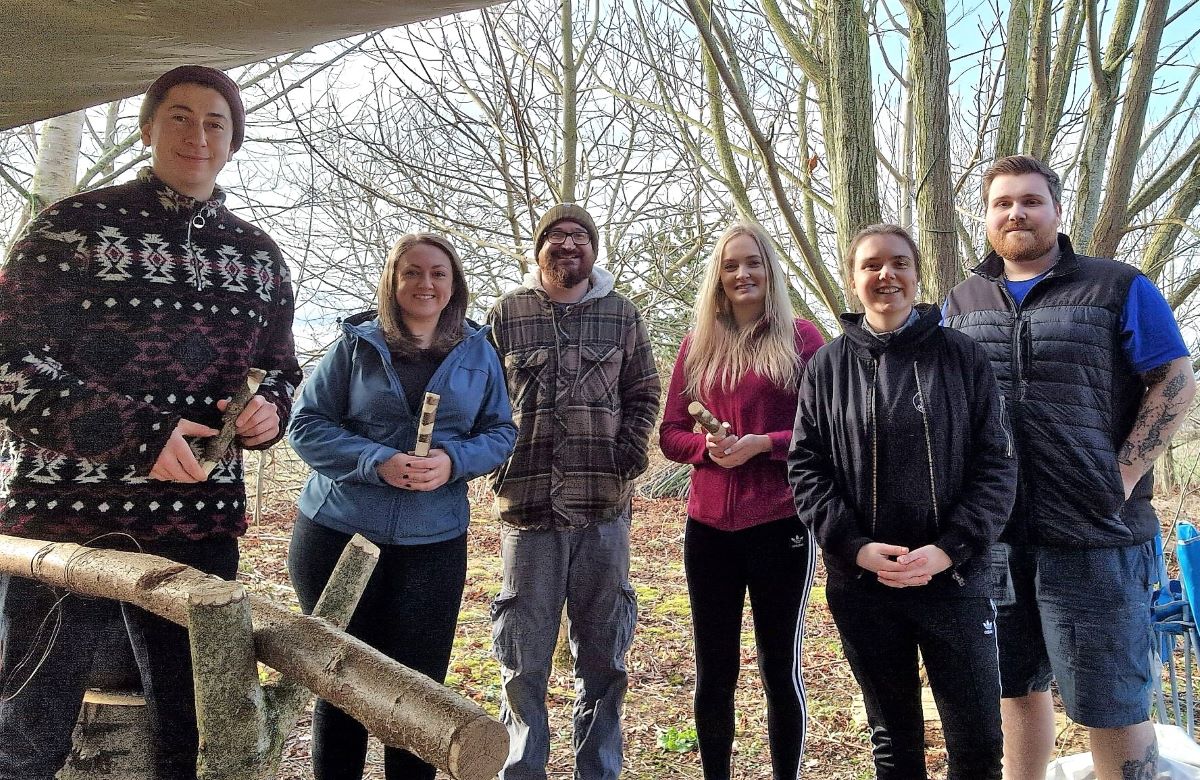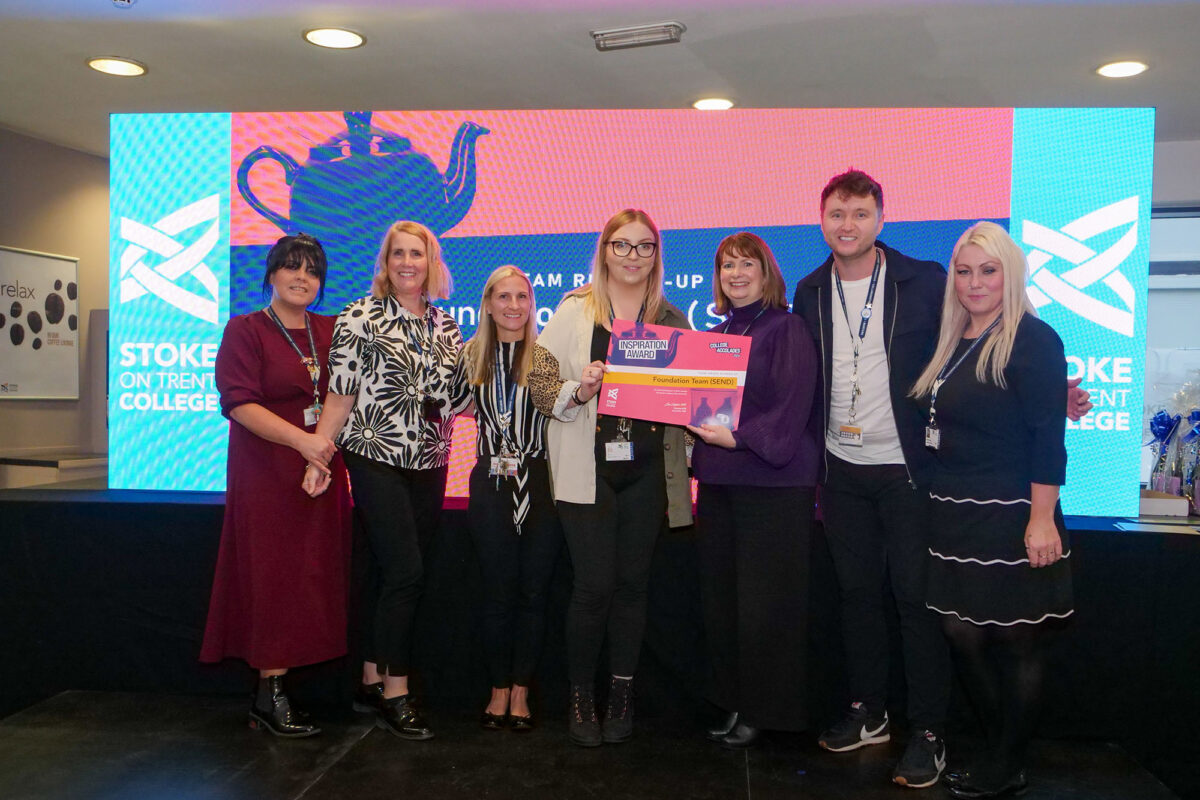1 in 5 employed in education feel their voice is less significant since the pandemic

The organisational changes have had little impact on collaboration.
New research has found that despite 73% of education organisations having reviewed their structure to adapt to new ways of working during the pandemic (29 per cent stated went through significant restructuring), only 50% have seen the structural changes have an impact on collaboration.
The research by Howspace, a leading workplace collaboration platform, found that collaboration is key to the happiness of education workers with 77% of workers stating that collaboration is important to the enjoyment of work.
With vacancies in the education sector at their highest level in more than a decade and the National Education Union (NEU) findings earlier this year that 44% of teachers stating they would leave by 2027, while a fifth said they would leave as soon as within the next two years, it is critical that the education sector delivers the best employee experience.
The organisational changes have had little impact on collaboration.
Additional Howspace research findings include:
- Only 10% state that strategic decision-making is more collaborative.
- 35% believe that more change is needed to ensure collaboration but that it won’t happen.
- 1 in 5 education workers feel their voice is less significant since the pandemic, with 65% stating it has stayed the same.
Against the backdrop of plummeting employee engagement, recognising employee needs is critical. Organisations must take action to improve collaboration across the board.
Ilkka Mäkitalo, CEO of Howspace, said:
“Many of today’s work and management practices are counterproductive and destructive for collaboration. While it is natural that leaders were seeking more control during the pandemic, the fact remains that people come to work to work together.
Leadership needs to shift mindset from structure and control to one of designed collaboration that embraces both synchronous and asynchronous work. This requires inherently different management practices and working systems from where we are today.”











Responses